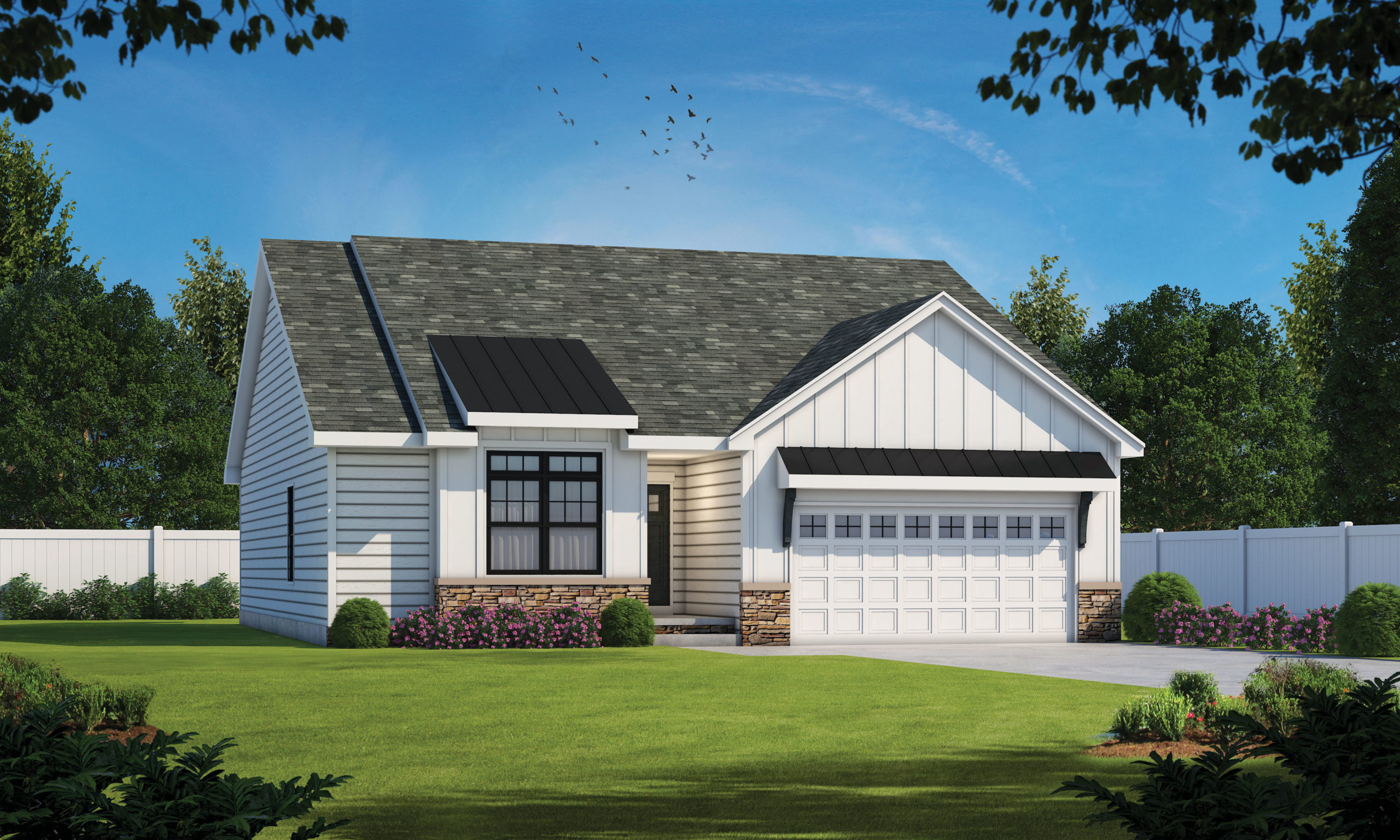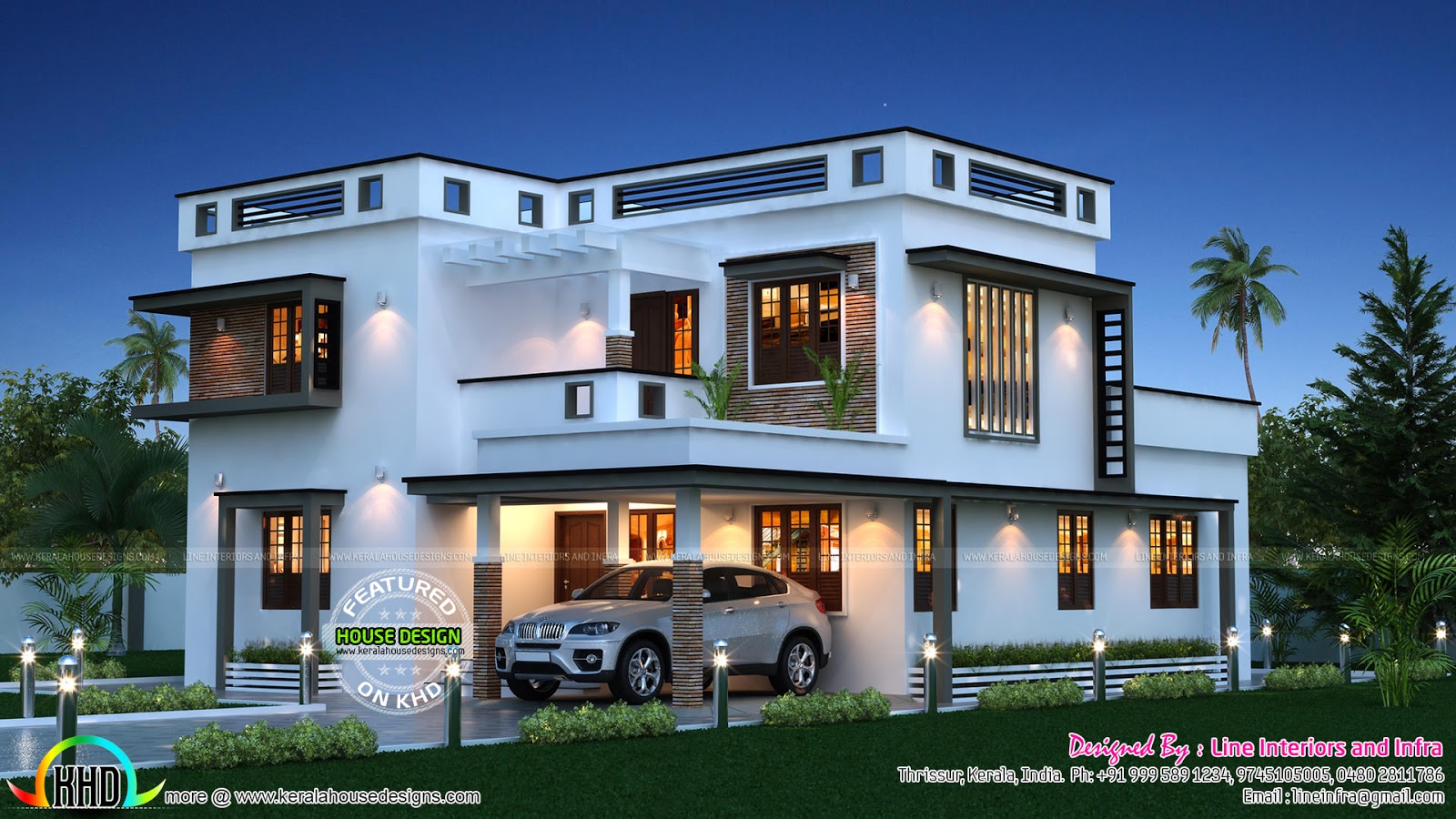Understanding Space Allocation: 2 Bedroom 1600 Sq Ft House Plans

A 1600 square foot, two-bedroom house provides a decent amount of space for a family or individuals seeking a comfortable living environment. Understanding how to efficiently allocate this space is crucial for maximizing functionality and creating a home that meets your needs.
Room Function and Size
In a typical 2-bedroom, 1600 sq ft house, the space is usually divided into the following rooms:
- Master Bedroom: Around 120-150 sq ft, offering ample space for a king-size bed, nightstands, a dresser, and possibly a seating area.
- Second Bedroom: Typically 100-120 sq ft, suitable for a queen-size bed, dresser, and nightstands.
- Living Room: Around 250-300 sq ft, providing space for seating, a TV, and possibly a coffee table or bookshelves.
- Kitchen: Generally 150-200 sq ft, offering sufficient space for appliances, cabinetry, and a dining area.
- Bathroom: Typically 60-80 sq ft, with space for a toilet, sink, shower or bathtub, and possibly a small vanity.
- Hallway: Around 50-70 sq ft, providing access to different rooms and possibly offering space for a small storage unit.
Efficient space allocation involves considering your lifestyle and needs. For example, if you frequently entertain guests, you might prioritize a larger living room. Conversely, if you work from home, you might consider dedicating a portion of a bedroom or living room as a home office.
Kitchen Design and Layout
The kitchen design should prioritize functionality, storage, and the work triangle. The work triangle refers to the imaginary triangle formed by the sink, refrigerator, and stovetop. An efficient work triangle allows for smooth movement and workflow in the kitchen. Here are some kitchen design approaches:
- Galley Kitchen: This design features parallel countertops with appliances and cabinets on either side. It’s space-efficient but might feel cramped if not properly planned.
- L-Shaped Kitchen: This layout offers more flexibility with countertops and cabinetry arranged in an L-shape. It’s a good option for creating a separate dining area.
- U-Shaped Kitchen: This design provides ample countertop and storage space but can feel closed off. It’s best suited for larger kitchens.
- Island Kitchen: An island in the center of the kitchen provides extra countertop space, storage, and seating. It’s a great option for creating a social hub in the kitchen.
Storage is crucial in any kitchen. Consider maximizing vertical space with tall cabinets, utilizing corner cabinets for awkward spaces, and implementing pull-out shelves for easy access.
Living and Dining Area Considerations
Creating a comfortable and functional living and dining area within a 1600 sq ft house requires thoughtful planning. Consider the following:
- Open Floor Plan: An open floor plan can make the space feel larger by eliminating walls between the living and dining areas. This creates a sense of flow and allows for more natural light.
- Multi-Functional Furniture: Utilize furniture that serves multiple purposes. For example, a sofa bed can provide extra sleeping space, while an ottoman can serve as both seating and storage.
- Strategic Placement: Place furniture strategically to create distinct zones within the space. For instance, a rug can define the living area, while a dining table can create a separate dining zone.
- Lighting: Proper lighting is crucial for creating ambiance and functionality. Consider using a combination of overhead lighting, task lighting, and accent lighting.
Remember, the goal is to create a space that reflects your lifestyle and preferences. Don’t be afraid to experiment with different layouts and furniture arrangements to find what works best for you.
Building and Budget Considerations

Building your dream home is an exciting journey, but it’s essential to consider the financial aspects and potential challenges. This section will delve into key factors that influence construction costs, explore sustainable design elements, and provide helpful resources for budgeting and planning.
Construction Costs, 2 bedroom 1600 sq ft house plans
Construction costs can vary widely based on numerous factors, including location, materials, labor, and design complexity. Understanding these variables will help you create a realistic budget and avoid surprises.
- Location: The cost of land, labor, and building materials can vary significantly depending on the location. Areas with high demand or limited resources often have higher construction costs.
- Materials: The type of materials used, such as wood, brick, or concrete, will influence the overall cost. High-quality materials generally cost more but can offer durability and longevity.
- Labor: Labor costs are a significant portion of the construction budget. The availability and demand for skilled labor in your area will impact the cost of hiring contractors.
- Design Complexity: Complex designs with intricate features, custom finishes, or unusual layouts will typically cost more to build than simpler designs.
2 bedroom 1600 sq ft house plans – To get a general idea of construction costs, you can consult with local builders or use online cost estimation tools. For example, a 2-bedroom, 1600 sq ft house in a mid-range location could cost anywhere from $150 to $250 per square foot. This translates to a total construction cost of $240,000 to $400,000, excluding the cost of land. It’s important to remember that these are just estimates, and actual costs can vary.
Sustainable Design Elements
Incorporating sustainable design features can reduce your home’s environmental impact and save you money on energy costs in the long run. Here are some examples:
- Energy-Efficient Windows: Double- or triple-paned windows with low-E coatings can significantly reduce heat loss in the winter and heat gain in the summer, leading to lower energy bills.
- Solar Panels: Installing solar panels can generate clean energy and reduce your reliance on the grid. Some jurisdictions offer incentives or tax credits for homeowners who install solar panels.
- High-Efficiency Appliances: Choosing appliances with the Energy Star label can save you money on energy consumption.
- Water-Saving Fixtures: Low-flow showerheads, toilets, and faucets can reduce water consumption and lower your water bills.
- Green Building Materials: Using sustainable materials like bamboo, recycled wood, or recycled glass can reduce the environmental impact of your home construction.
Budgeting and Planning Tools
Creating a realistic budget and planning for the construction process is crucial for a successful project. Here are some resources and tips to help you:
- Construction Loan Calculator: Online calculators can help you estimate your monthly loan payments and determine the amount of money you can borrow.
- Home Construction Budget Template: A budget template can help you track your expenses and ensure you stay within your financial limits.
- Construction Management Software: Software programs can help you manage your project timeline, track progress, and communicate with contractors.
- Contractor Interviews: Interview multiple contractors and get detailed quotes for each phase of the construction process.
- Contingency Fund: Always set aside a contingency fund for unexpected expenses that may arise during construction.
